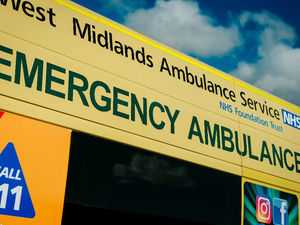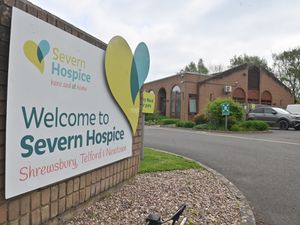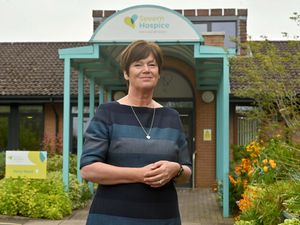Two 'rarely used' ambulance stations in Shropshire to close
Two ambulance stations in Shropshire will close their doors for good next month, it has been confirmed.

West Midlands Ambulance Service says the decision to close the Oswestry and Craven Arms sites, will not result in fewer ambulances available in the affected areas, as the stations are rarely used at present.
The final shift for both stations will end on October 4, with two Worcestershire stations – Evesham and Malvern – also closing.
The announcement comes after the service revealed last week that the futures of 10 community ambulance stations (CASs), including the four in Shropshire, were under review.
The fate of the bases in Bridgnorth and Market Drayton is still yet to be decided.
A WMAS spokesman said the service wanted to reassure the public that the closures would not mean ambulances taking longer to get to them in an emergency.
“There is a common misconception that where an ambulance starts or finishes a shift will have a substantial impact on the area that it is based in,” said the spokesman.
“What must be remembered is that as soon as an ambulance is available it will be sent to the nearest available case so that we can minimise the time a patient waits to be seen.
“This means that vehicles can often end up in rather odd places.
“Recently, we had a Dudley ambulance in Malvern and a Hereford vehicle that had gone to Birmingham Children’s Hospital – then getting a case in Birmingham itself as it was the nearest ambulance available.”
In the first six months of this year there have been 20,722 cases in the Oswestry area, of which 1,185 (5.7 per cent) were responded to by an ambulance crew normally based in the town.
Similarly, in the Craven Arms area there were 20,319 cases of which Craven Arms ambulances were sent to only 884 (4.4 per cent).
The spokesman said: “It is now rare, if ever, that the crews who work at the CAS points ever get back to the site other than for their meal break or at the end of their shift.
“Like the crews based at the hubs (such as Shrewsbury and Donnington), they literally go from one emergency to the next, 24 hours a day – they are no longer sat on a station anywhere in the region waiting for a call.
“Therefore, one of the questions we are duty bound to consider is whether it is appropriate for the trust to spend precious funds on a building that is rarely used, when these could instead be spent on additional staff and vehicles – the things that save lives?”
The service said getting rid of community stations “increases the amount of time ambulances are available to respond to patients”.
Under current arrangements crews must return to their base station for breaks, and spend time twice a day making the journey to one of the hubs to swap to a newly-stocked vehicle.
Time is also lost when crews come on shift at one of the community stations and have to wait for the previous crew to return with the ambulance – which can often be several hours due to hospital handover delays.
The spokesman said: “If a crew is late back at the end of their shift at a hub, the on-coming crew simply use another vehicle.”
The service also argues that being based at one of the larger hubs enables staff to be better supported, with managers on site around the clock.
The statement concluded: “We will only make a change if we are convinced that it will benefit patients.
“WMAS continues to be the highest performing ambulance service in the country and we aim to ensure that that position continues to be the case.”




